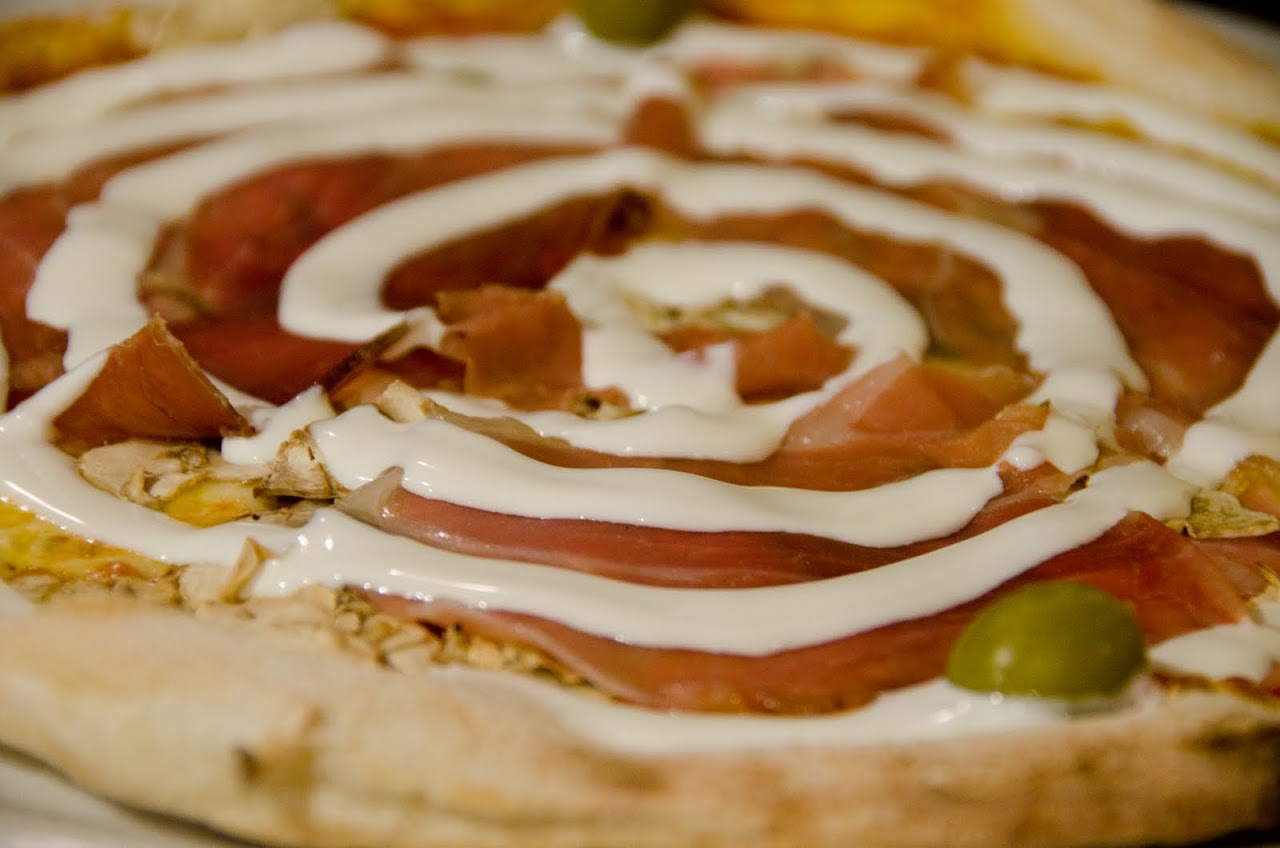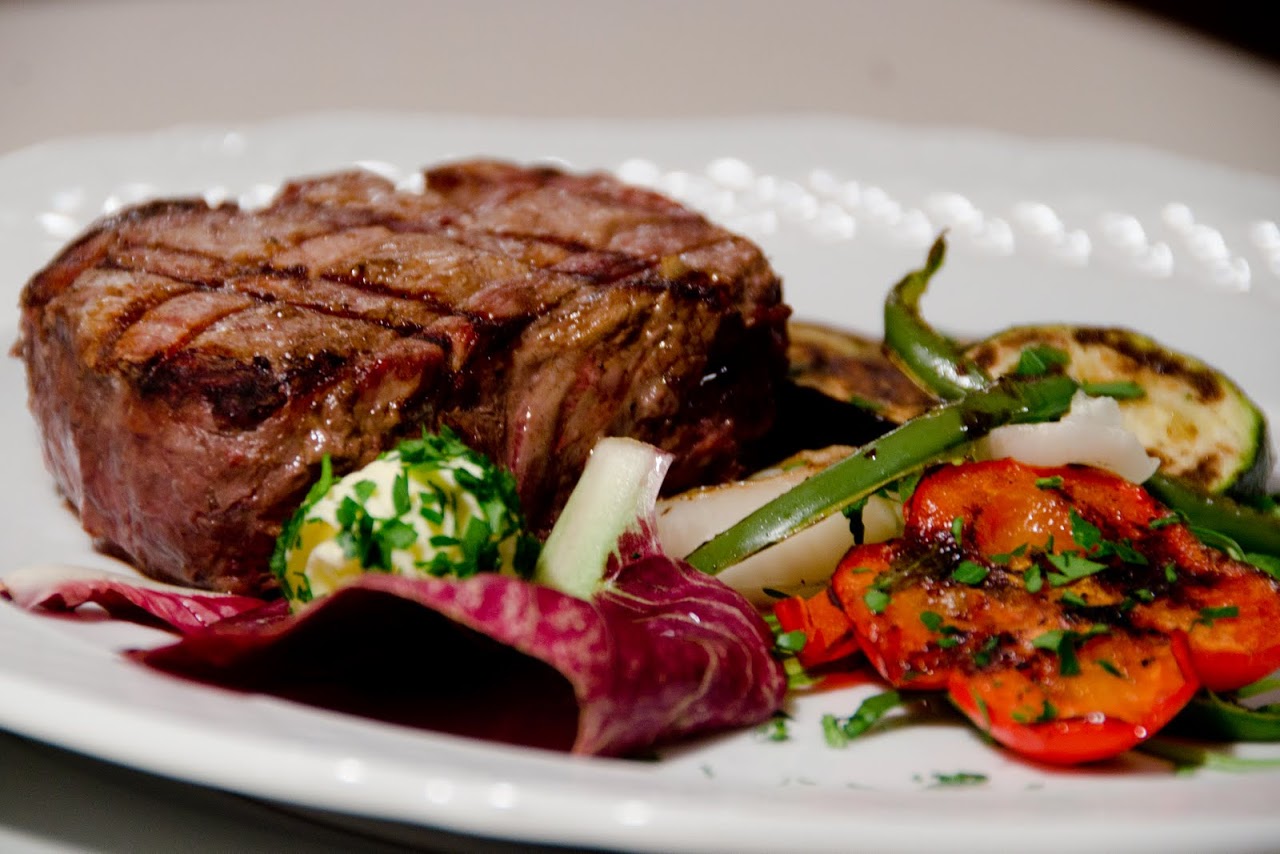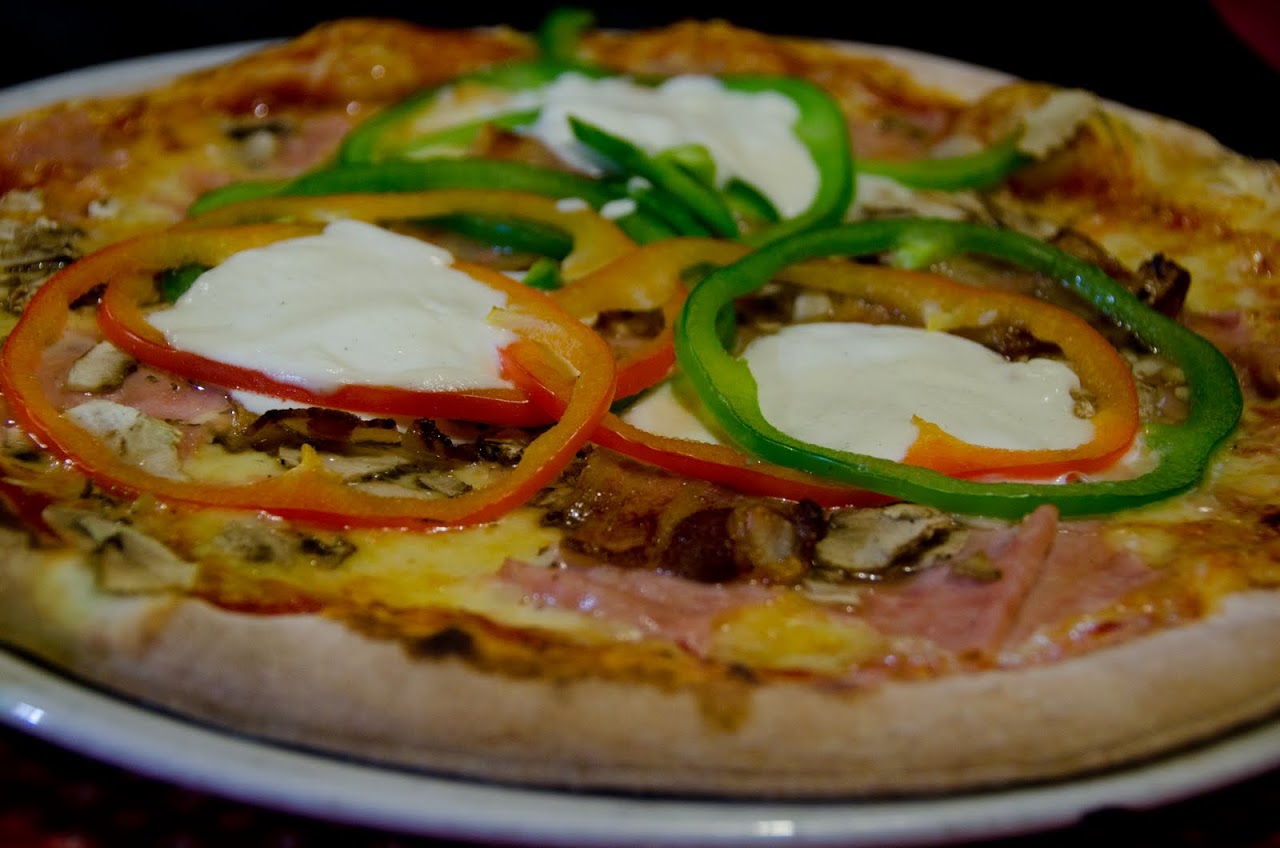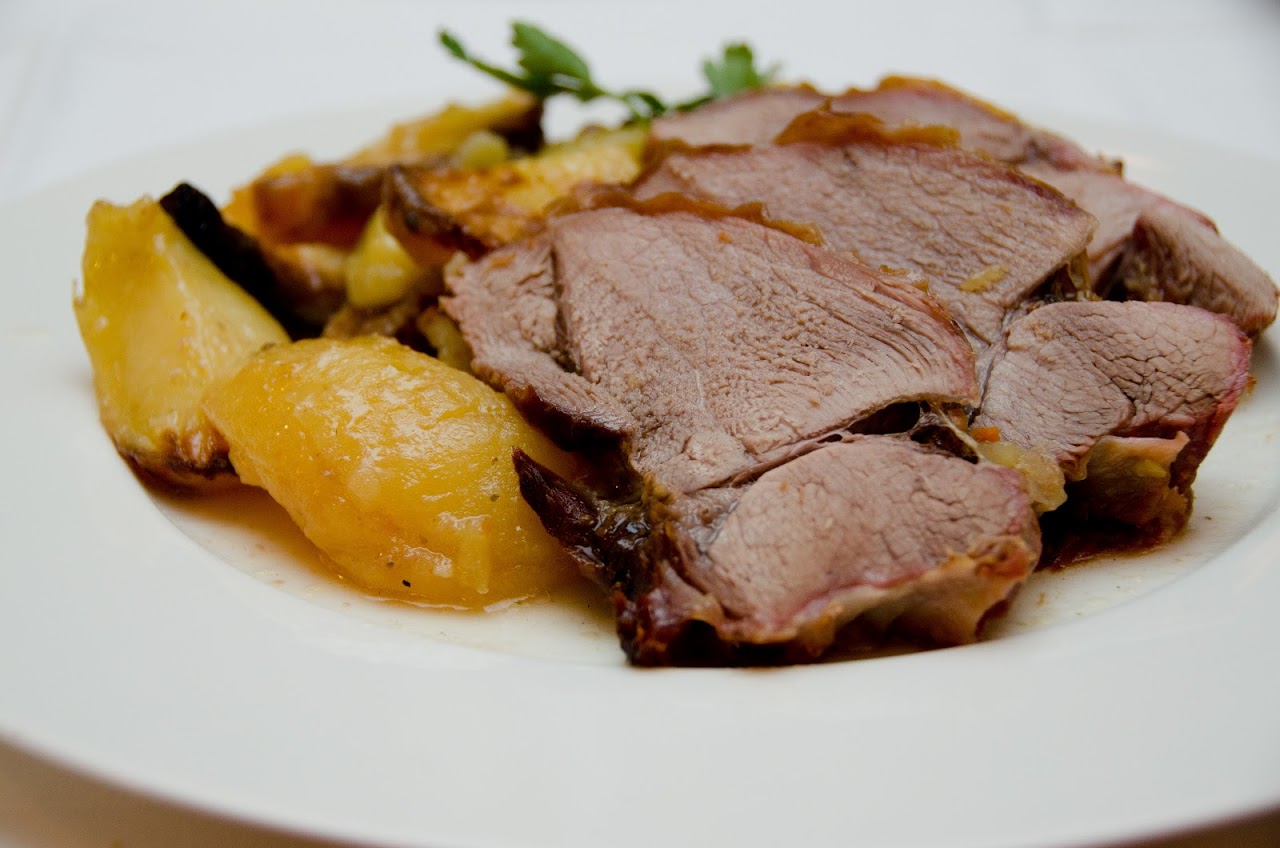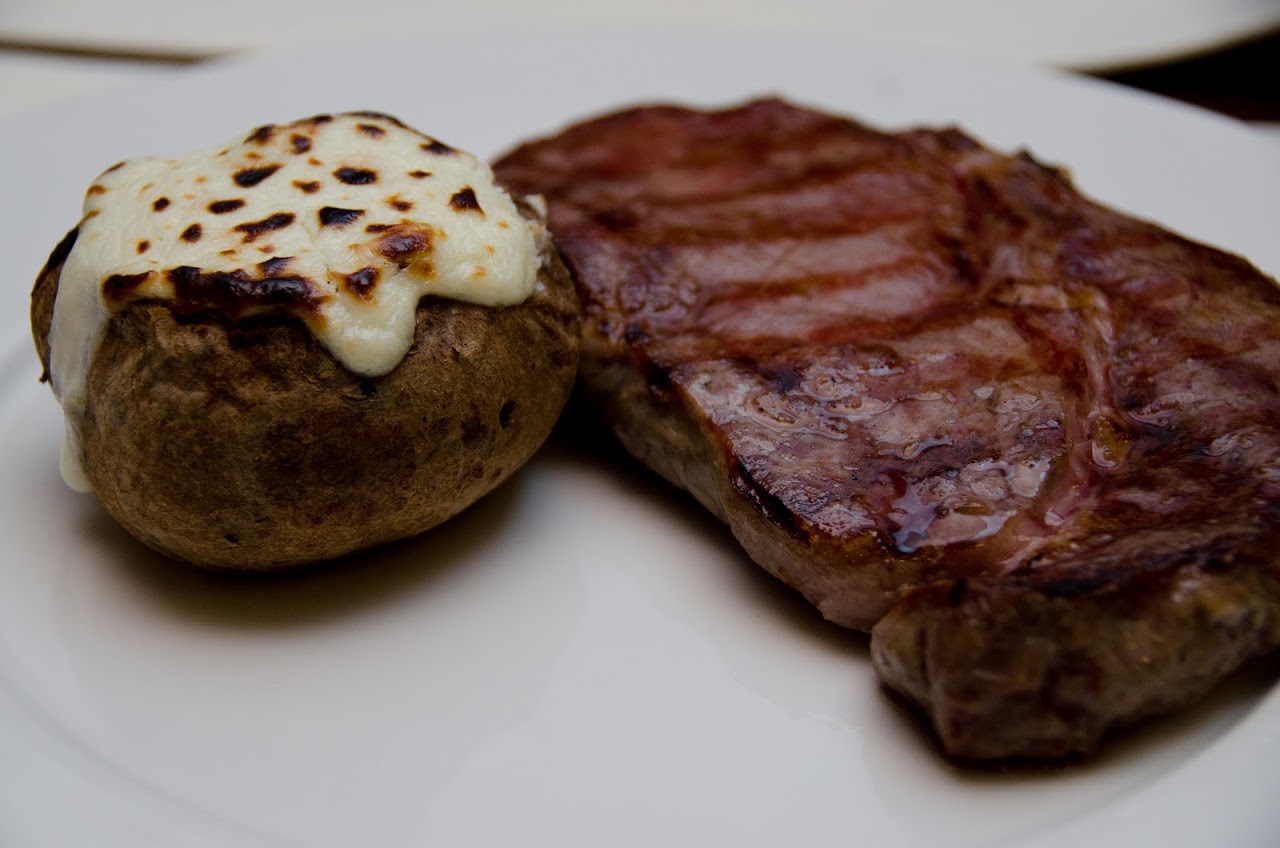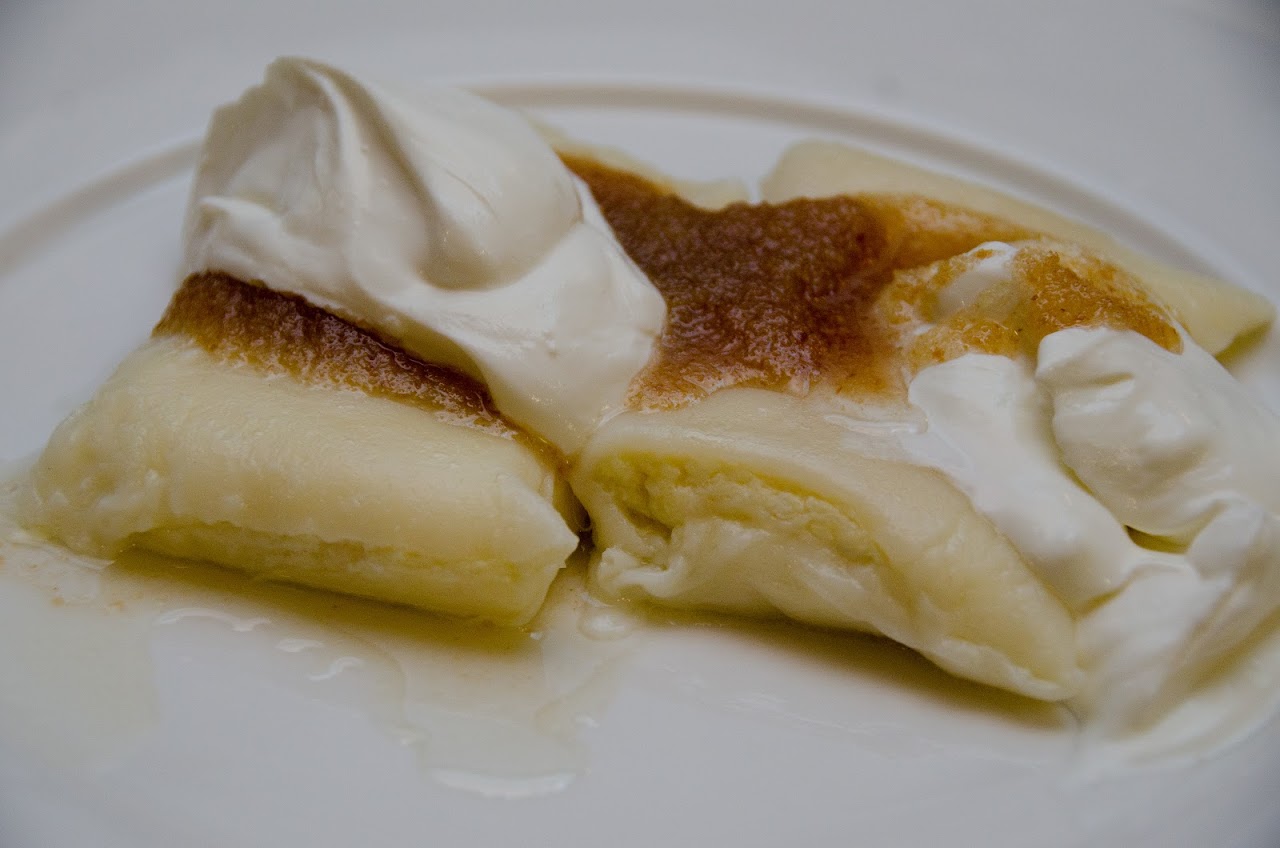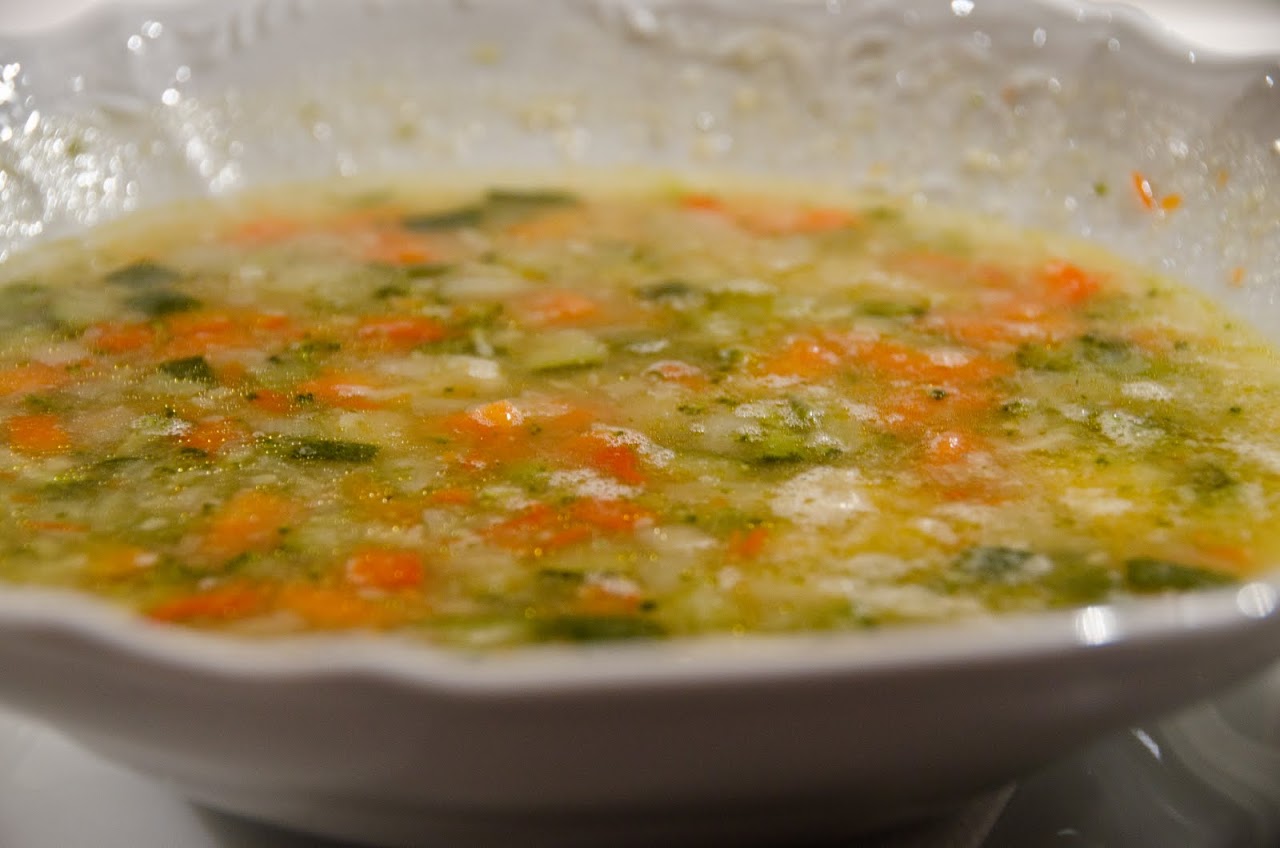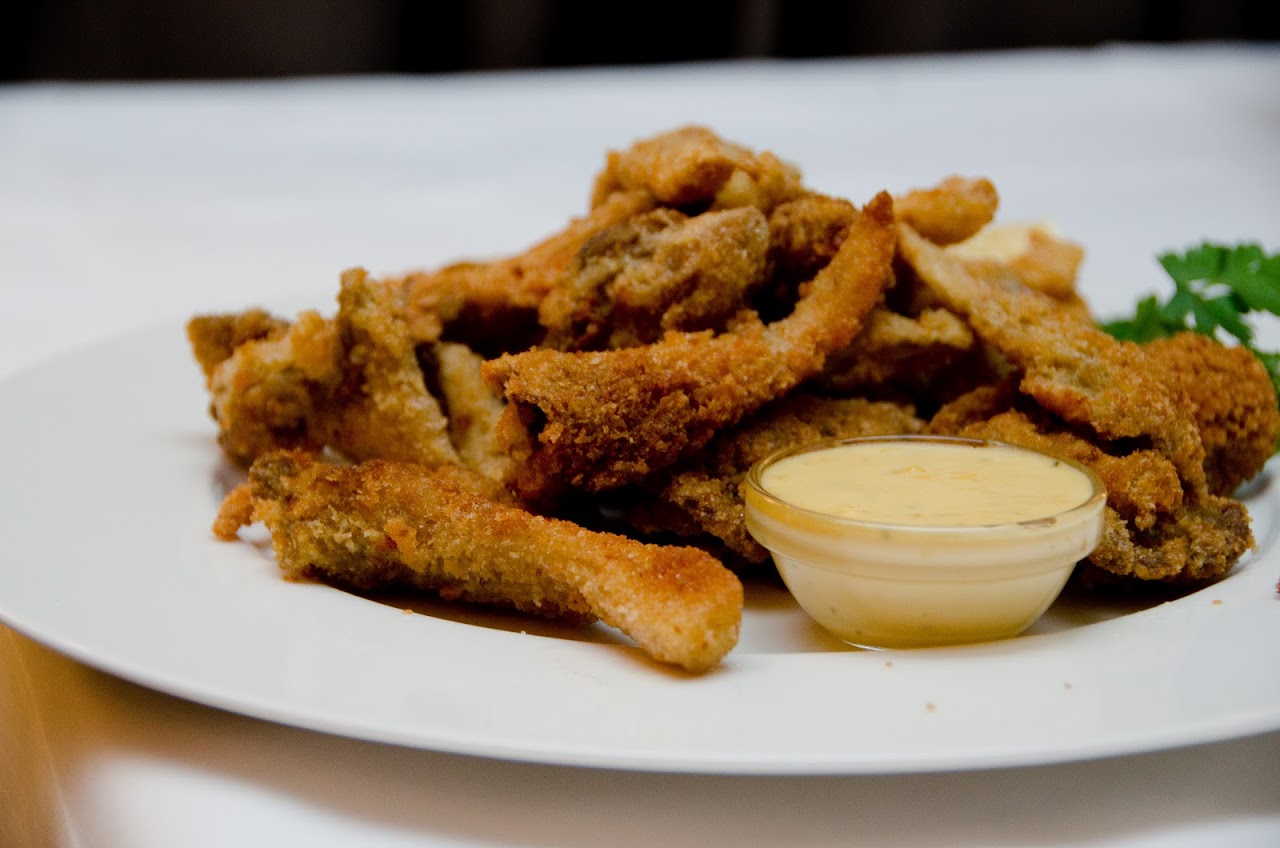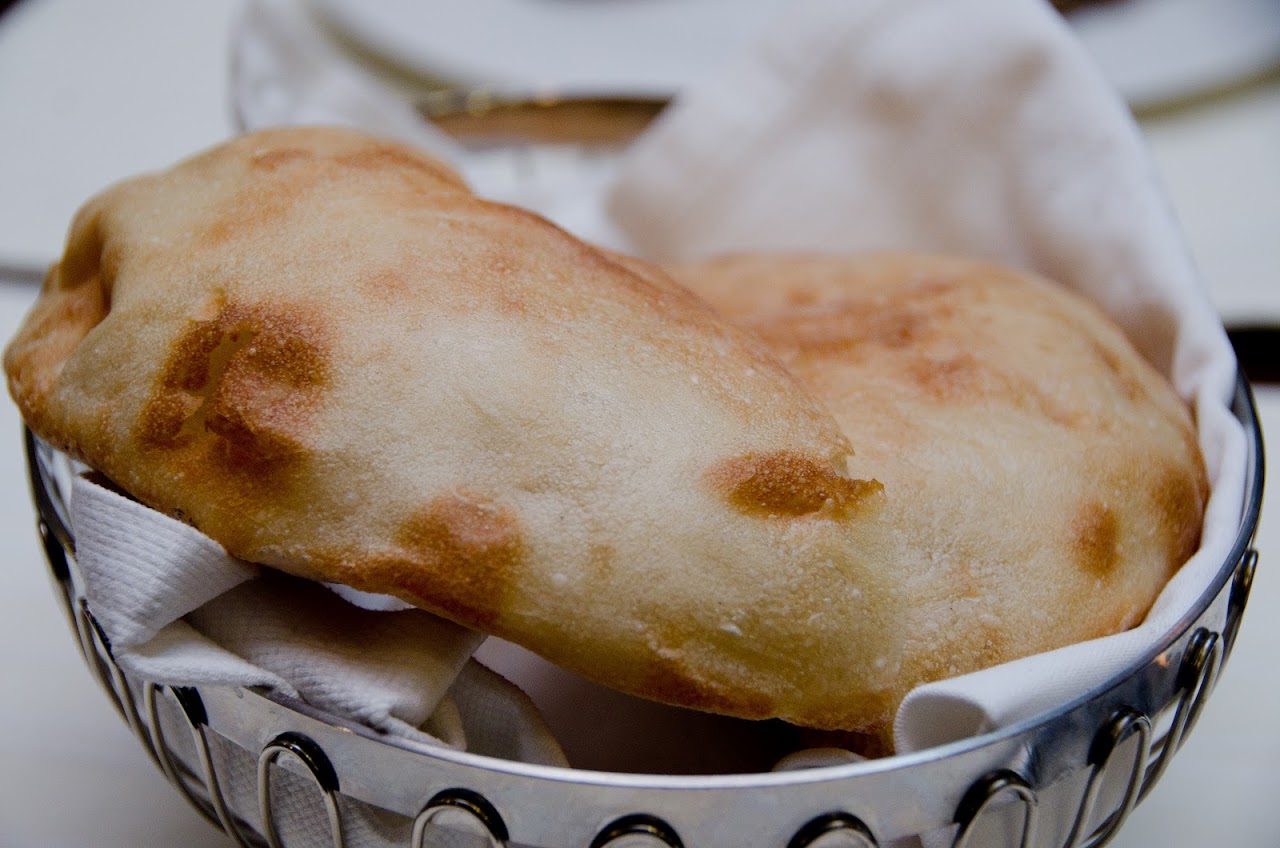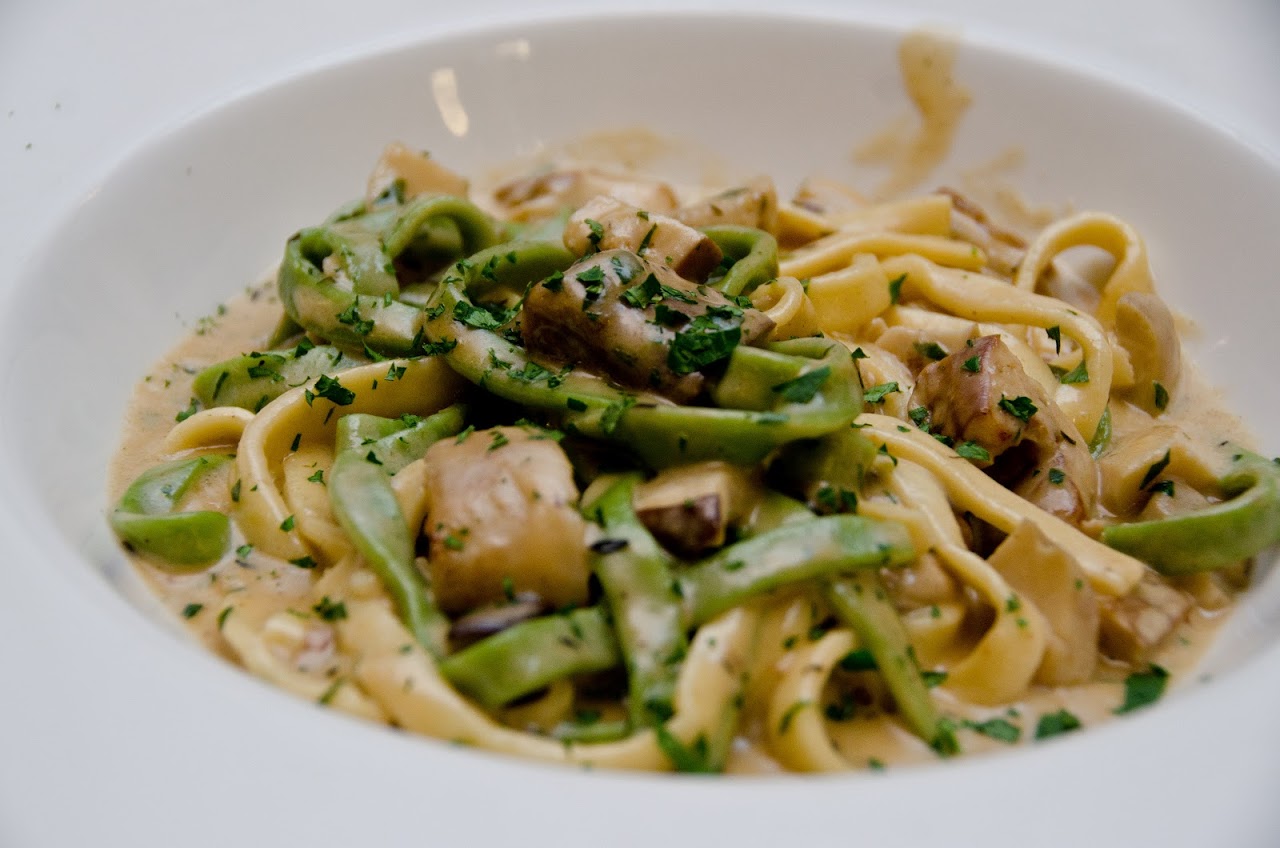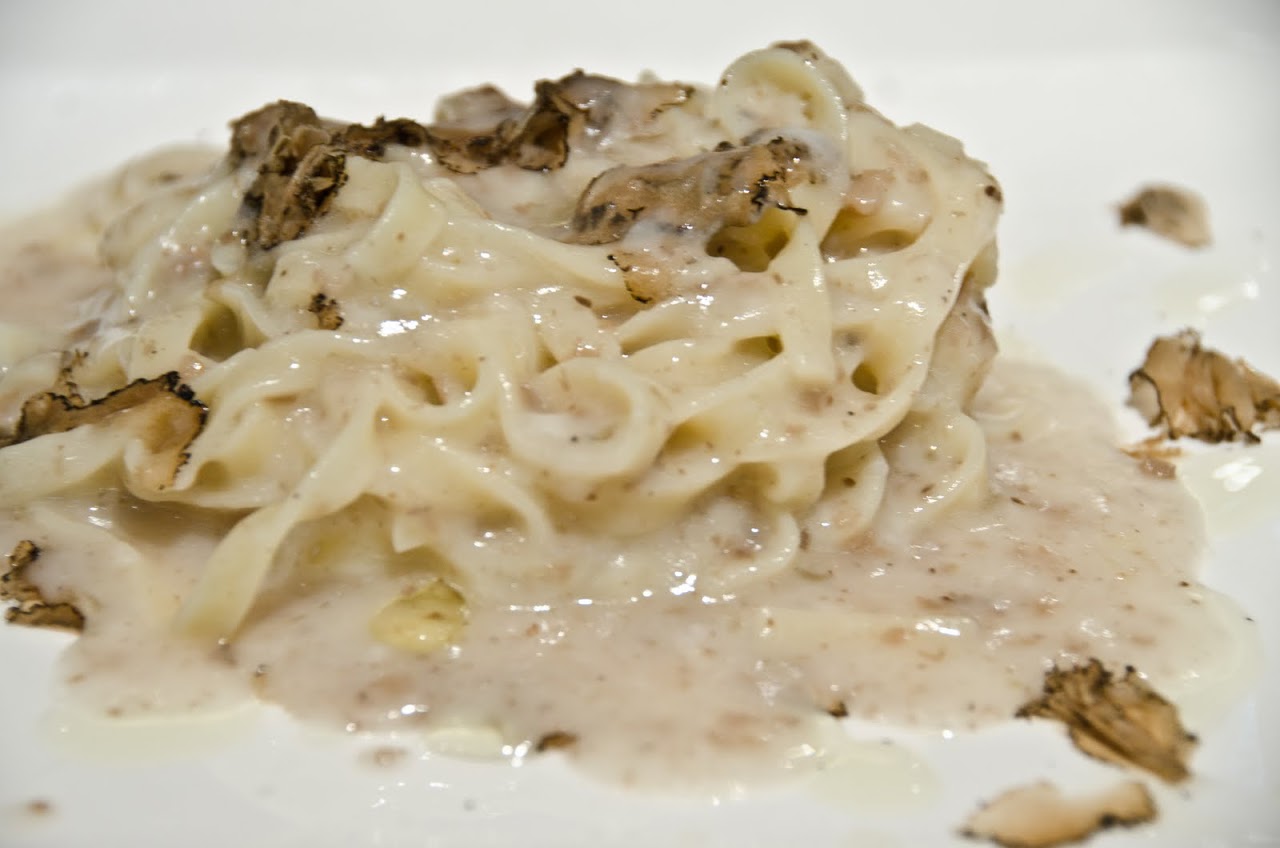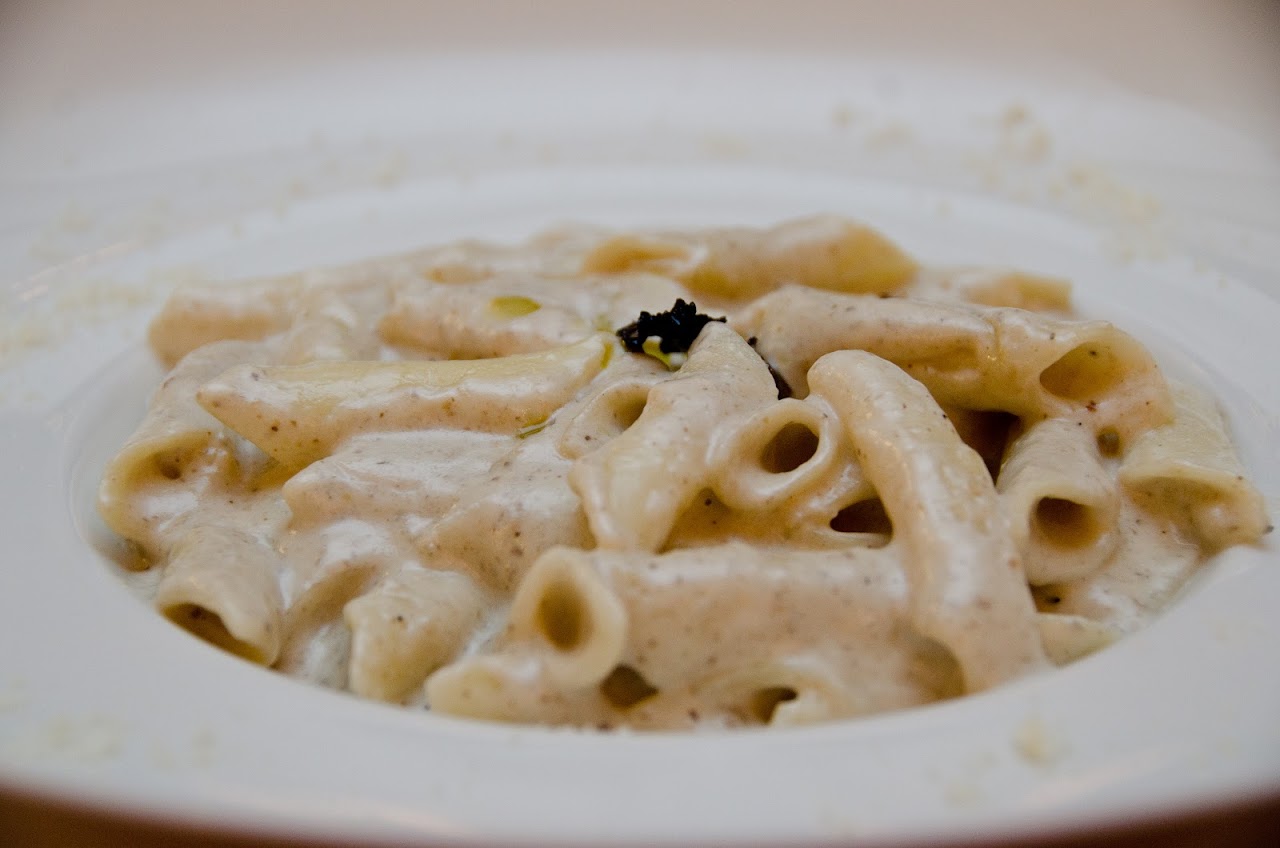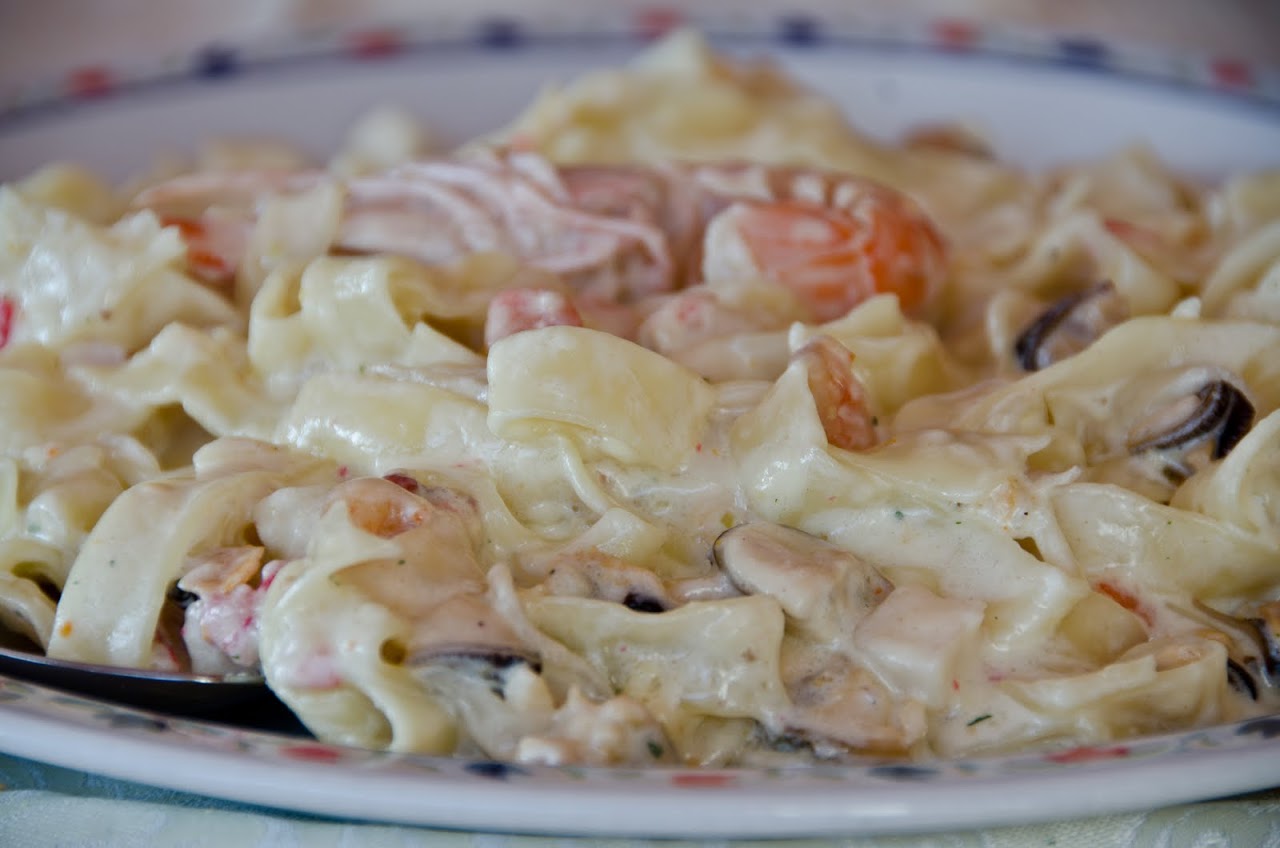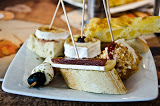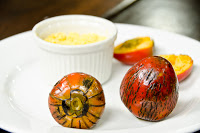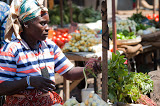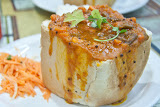|
The Istrian peninsula was part of Italy until the early 20th century and one of the largest producers of olive oil and wine in the Roman empire, so it makes sense that Italian specialties such as pizza and pasta would be an integral part of Istrian cuisine. But, the Croatian versions are slightly different than what we found in Italy. Pizza, though thin and crispy, had more cheese and toppings, making it resemble American-style pizza rather than the Italian original. Heavy cream sauces drenched the pasta dishes and risotto was similarly layered with a generous helping of cream. The fish, though prepared with Mediterranean flavors of rosemary and lemon, was served with
blitva
, an unusual side dish of mashed potatoes and swiss chard.
When we left Istria and moved to Zagreb, the food changed. Yes, we still found pasta and pizza, but the food in Zagreb tended to be more focused on grilled meats, potatoes, and savory stews. We found thick oyster mushrooms everywhere --- grilled, fried, battered, and served with tartar sauce. Patrick ate grilled steak with potatoes and I focused on
strukli
, a "strudel" made with a flexible somewhat sticky dough and filled with cheese and served with sour cream and sugar.
For dessert, we ate
palatcinska
, a similarly sticky dough to the one used in strukli but sweet with chocolate sauce or marmalade. As we ate, we remarked on how dissimilar Zagreb's cuisine was from that of the Istrian peninsula, and how it felt more Eastern European with Hungarian and Austrian influences. And, that, of course makes sense because Zagreb and much of Croatia was controlled by the Austro-Hungarian Hapsburgs until the early 20th century.
So, this leaves me with my dilemma. What is Croatian food? It might be a country with a food identity crisis. Or, it might simply be a country that embraces the best of both Western and Eastern European cuisines.
----------------------------------------
Croatian Specialties to Try:
-
burek
: a thick flour-based pastry filled with cheese, meat, or vegetables, commonly eaten for breakfast, and sold by the slice [vegetarian option]
-
blitva
: swiss chard and potatoes cooked together [vegetarian option]
-
cevapcici
: spicy meatballs
-
Pag cheese:
a sheep's milk cheese that somewhat resembles pecorino in flavor, considered a delicacy across Croatia
-
strukli
: a "strudel" made with a thick flour dough that can be filled with either sweet or savory cheese; can be served either baked or boiled [vegetarian option]
-
janjetina peka
: lamb baked under a metal, bell-shaped lid
-
Istarski fuzi sa tartufima:
Istrian pasta with truffles [vegetarian option]
-
Istrian ham
: closely monitored as to production, a very soft, melt-in-your-mouth style of thin ham, though not as chewy as prosciutto
-
Malvazija:
a delicious semi-sweet white wine produced in the Istrian peninsula
-
palacinska:
crepes with fruit, marmalade, or chocolate
----------------------------------------
Restaurants We Enjoyed
In Pula:
-
Pizza Jupiter
: They serve fantastic truffle pizzas and have a wide selection of other pizzas. You can't beat the prices here, either, and it's a great place to stop for lunch or dinner.
-
Kantina:
A really lovely restaurant at the edge of the old town with excellent seafood and a great truffle pasta.
-
Pizzeria Samanta
: Delicious bright tomato sauce and crispy wood-fired crust though not as many varieties as Jupiter.
-
We ate at the highly recommended restaurant in
Hotel Milan
, but found it to be overpriced and, while the meat dishes were excellent, I've had better frozen food meals as a vegetarian. So, yes, to this restaurant if you eat meat but no, if you don't.
In Zagreb:
-
Pinguin Sandwich Bar
: For a fast and fantastic lunch, we highly recommend Pinguin. Set on Nikola Tesla, one of the main thoroughfares in Zagreb and a few minutes walk from the main tourist center, grab a sandwich and walk over to the plaza to people-watch and eat. I had a unique fried cheese sandwich with a slab of fried mozzarella between bread and veggies, while Patrick chowed down on a grilled chicken hoagie. They have an English menu and the servers speak excellent English (as does everyone in Zagreb).
-
Baltazar
: This expensive restaurant produced a delicious strukli, a porcini-heavy pasta dish (though I found the sauce to be strangely sweet), and a thick grilled steak for Patrick. This is a great option for an upscale meal in Zagreb.
-
Vinodol
: A very nice restaurant with a gorgeous outdoor patio. We would recommend this place more for the atmosphere than the food, which is good but not great.
----------------------------------------
Random Thoughts on Eating
-
Croatia has the most alcohol-oriented culture we have ever experienced (which surprised us after visiting Ireland and Australia). Wine is good, cheap, and omnipresent. This means that there are about 3 bars/cafes to 1 restaurant in Zagreb, which can make it difficult to find a place to have dinner, though very easy to drink. Apparently, in Slavonia, there is a drinking ritual called razgovurusa (literally "talking"), where a group of people get together and talk while drinking seven glasses of wine, followed by an additional after-dinner shot. Waiters seemed regularly surprised when I just ordered one glass of wine with dinner.
-
It is easy enough to find English menus in most restaurants but Italian is also commonly used in Istria. For the few folks who didn't speak English, I was able to talk to them in Italian.
-
Tipping seems more common in Croatia than in other western European countries and we usually left a 5-10% tip.
|

|

